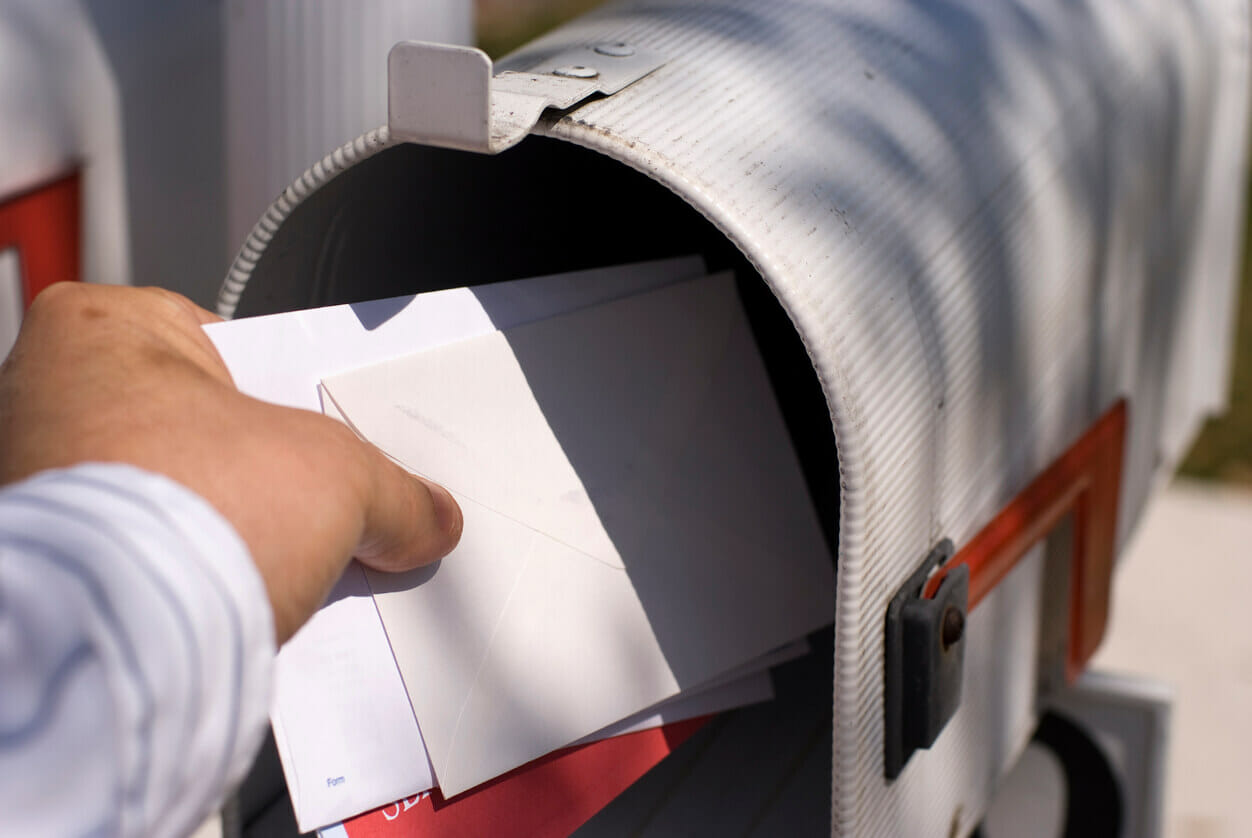As an HOA community member, you have the ability to help make important decisions. This includes voting for board members and voting on issues that impact the association.
Download our free absentee ballot template
HOA members generally have more than one option when it comes to casting their ballot. The association’s governing documents—and the bylaws in particular—will dictate the voting process.
Many HOAs do allow for absentee voting, often referred to as mail-in voting or written ballot voting. While associations that use this voting method give up the benefits of discussion and debate, it can be extremely helpful for large associations or snowbird communities.
A brief introduction to absentee voting
Absentee voting isn’t just for HOAs. Entire states offer this option to people who want to participate in the national election, even if the voter is physically able to vote in person on the day of the election.
As the use of absentee voting evolved, election officials have used various terms for this practice, including advanced ballots, mailed ballots and vote-by-mail ballots.
Depending on where they are located and what their bylaws say, HOAs may conduct an election by mail, unless otherwise specified in the governing documents. As provided for in Corporations Code §7513, any action which could be taken at an in-person membership meeting may be also taken without a meeting provided:
- The association distributes a written ballot to every member entitled to vote on the matter
- The ballot clearly explains the proposed action
- The ballot provides an opportunity for the member to approve or disapprove the proposal
- The ballot provides the owner with enough time to send it back to the return address
- The ballot indicates the number of responses needed to meet the quorum requirement
- The ballot states the percentage of approvals necessary to pass the measure submitted (except for the election of directors)
- The solicitation specifies the time by which the ballot must be received in order for it to count
It’s crucial to keep in mind that an association’s bylaws must specifically state that the actions by written ballot are allowed in order for your association to use them. If the HOA wants to amend its bylaws to adopt a written ballot procedure, consult with your attorney first.
Different ballot types
There is a collection of different ballots that owners can use to have their say. Below are some of the most common HOA ballot types:
Secret ballot
A secret ballot keeps the identity of the voter anonymous; their identity remains a secret during the counting process..
Proxy
A proxy is a document that designates someone else to cast a vote on behalf of the voter. There are two types of proxies:
1. Directed proxy
A directed proxy means the proxy holder must vote based on the instructions given to them by the owner who designated the proxy. Owners get to control their vote, even if they cannot be at the meeting. The use of directed proxies may help boost attendance-by-proxy at owner meetings.
2. Non-directed proxy
A non-directed proxy means the proxy holder can vote however they want on the issues presented at a meeting.
Absentee ballot
Like a proxy, an absentee ballot allows an owner to cast a vote without attending a meeting in person. The key difference is that if absentee ballots are used by an association, the ballots are collected in lieu of hosting an in-person meeting.
Absentee ballots are limited to the specific issue and/or vote identified in the ballot. If a new matter should come before the meeting, absentee ballots cannot be used to make decisions about that new matter.
When properly used, absentee ballots can help associations that have problems with attendance at meetings.
Sending out absentee ballots to owners
The board or management team must follow specific steps when sending out absentee ballots. They must give owners enough time to send the vote back, especially if they have another residence far from the HOA community. They must also receive the information they need to make an informed choice.
- The ballot, and all the information necessary for the member to mark it properly and send it back, must be sent out to the owner
- A small envelope on which voters sign and print their names, may be required. If the ballot doesn’t require secrecy, then the small ballot envelope isn’t necessary, and the ballot should be signed by the voter
- A separate, self-addressed return envelope—into which the sealed envelope containing the ballot—is included as well. This envelope should be distinctive and recognizable as containing a sealed ballot, so that it’s not mistakenly opened before the election
- Any additional information, such as brief statements from the candidates running for election, or summaries or rationales related to items that are the subject of a vote
When the envelopes are returned, the designated recipient should keep them until the election. At the meeting, when it’s time to count the votes, the envelopes are opened in the presence of the tellers.
If votes are to be kept secret, the signed inner envelopes are removed, and the name on each inner envelope is compared to a list of eligible voters.
Once the tellers confirm the voter is eligible, their name is checked off the list to indicate that they have voted. After that, the teller removes the ballot from the signed envelope and without unfolding it or looking at it, puts it into the ballot box.
Approval requirements
Mail-in ballots are only valid if the number of votes received within the time period specified equals or exceeds the quorum required for in-person meetings to authorize the action. Also, the number of approvals needs to equal or exceed the number of votes that would be required to approve the vote at a meeting.

How to handle mail-in votes that must be kept secret
Ballots that must be kept secret must be handled in accordance with HOA secret ballot rules. In addition, the counting of these ballots must still take place at a properly noticed meeting of the membership or board.
Counting secret votes that have been mailed in is a bit tricky. You have to be able to confirm that each vote is from a member who has the right to vote and ensure the identity of each member remains unknown when votes are counted. That’s what the second small envelope is for. Both goals are achieved by providing owners with a dual-envelope return process and a special procedure for opening and counting the ballots.
Instances where mail-in ballots would be beneficial
The process of sending out and collecting absentee ballots isn’t exactly cheap. However, there are circumstances where the results are worth the costs.
An HOA would consider this option if it is a snowbird community and a vote is taking place in the summer.
Similarly, during the 2020 pandemic, snowbirds couldn’t travel and were away from their second residence for more than a year. Mail-in ballots would allow members to safely participate in decisions.
Finally, this option would benefit large communities that have trouble reaching quorum.
Conclusion
Absentee voting, also known as mail-in voting or written ballot voting, can help ensure HOAs remain productive, even if a meeting cannot take place in person. Communities are also encouraged to explore virtual meetings if in-person meetings are not being attended or cannot take place at a physical location.


